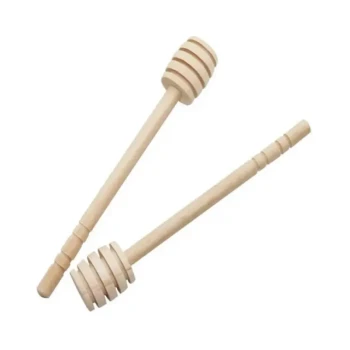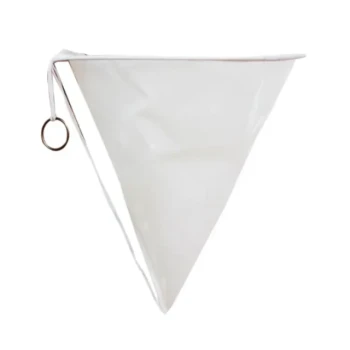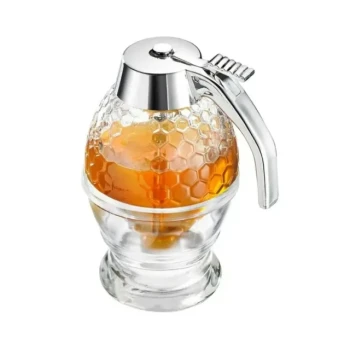Yes, honey actively draws moisture from its environment. This property is known as being hygroscopic, and it is a fundamental characteristic of honey. Because it is a super-saturated solution of sugars with very low water content, it will naturally absorb water from the surrounding air to achieve equilibrium.
Honey's ability to absorb moisture is a double-edged sword. While its naturally low water content makes it incredibly resistant to spoilage, absorbing too much moisture from the air can dilute it, triggering fermentation and ruining the honey.
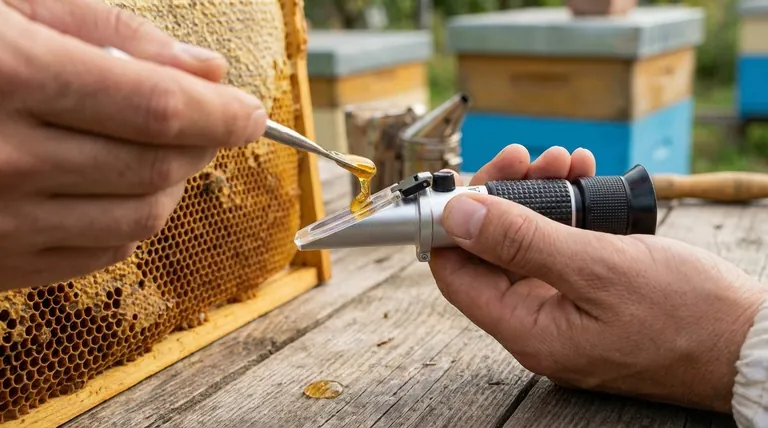
Why Moisture Content is the Key to Honey's Quality
Honey's relationship with water is the single most important factor determining its stability and shelf life. Understanding this principle is crucial for anyone from a beekeeper to a home cook.
The Science of a Hygroscopic Substance
Honey is primarily composed of sugars (fructose and glucose) with a very low percentage of water. This low water content creates high osmotic pressure, which is inhospitable to microbes like bacteria and yeast.
When honey is exposed to air, it will either absorb or release moisture until it reaches a balance with the humidity of its surroundings. In a humid environment, it will pull water in; in a very dry environment, it will lose water.
The Ideal Moisture Level for Preservation
For optimal preservation and quality, the ideal moisture content of honey should be between 17% and 18%.
At this level, the water activity is too low to support the growth of the wild yeasts that are naturally present in honey. This is why properly harvested and stored honey can last for decades, or even centuries.
The Danger of Excess Moisture
Once the moisture content rises above 19-20%, the honey becomes diluted enough for dormant yeast spores to activate and multiply.
This activation begins the process of fermentation, where the yeasts consume the sugars and produce alcohol and carbon dioxide. Fermented honey is considered spoiled, developing off-flavors and losing its desirable qualities.
Factors That Influence Honey's Moisture
Several factors can cause honey to have a dangerously high moisture content, both before and after it's been harvested.
Environmental Humidity
Bees work to dehydrate nectar down to the ideal moisture level inside the hive. However, this process is more difficult in consistently humid climates or during prolonged wet seasons.
Premature Harvesting
Beekeepers know that honey is ready for harvest when the bees have "capped" the honeycomb cells with a layer of beeswax. This capping is a definitive sign that the bees have reduced the moisture content to the correct, stable level (typically below 18%).
Harvesting honey from uncapped cells is a primary cause of high moisture content and subsequent fermentation.
Improper Extraction and Storage
Introducing even a small amount of water during the extraction process can elevate the moisture content.
Furthermore, storing honey in an unsealed or poorly sealed container allows it to continuously absorb humidity from the ambient air, risking spoilage over time.
Understanding the Trade-offs and How to Manage Moisture
Controlling moisture is not just about avoiding spoilage; it's about ensuring a high-quality, stable product. Beekeepers and producers have specific tools and techniques to manage this critical variable.
Measuring with a Refractometer
A refractometer is the standard tool used to get a precise measurement of the moisture content in honey. This device allows beekeepers to verify that their honey is at a safe level for bottling and long-term storage.
Methods for Reducing Moisture
If honey is harvested with a slightly elevated moisture level, it can be saved. Producers often use dehumidifiers in a small, sealed room or gentle bucket heaters to slowly circulate warm, dry air and encourage evaporation.
This controlled dehydration brings the honey back into the safe zone below 19%, improving its quality and ensuring its preservation.
Making the Right Choice for Your Goal
How you handle honey depends entirely on your role and what you want to achieve with it.
- If your primary focus is long-term storage: Ensure your honey is in a tightly sealed, airtight container. This is the single most important step to prevent it from absorbing atmospheric moisture.
- If your primary focus is beekeeping and harvesting: Never harvest honey from uncapped combs and use a refractometer to confirm the moisture content is below 19% before bottling.
- If your primary focus is baking: Use honey's hygroscopic nature to your advantage. It can help keep baked goods like cakes and bread moist for longer than if you used regular sugar.
Ultimately, controlling honey's exposure to moisture is the key to preserving its unique and long-lasting natural qualities.
Summary Table:
| Aspect | Key Information |
|---|---|
| Hygroscopic Nature | Honey actively draws moisture from the air. |
| Ideal Moisture Content | 17% - 18% for optimal preservation. |
| Risk Threshold | Moisture above 19-20% can trigger fermentation. |
| Key Tool for Beekeepers | A refractometer is used to measure moisture content accurately. |
Ensure the quality and longevity of your honey harvest with the right equipment.
At HONESTBEE, we understand that precise moisture control is fundamental for commercial apiaries and distributors. Our wholesale-focused operations supply durable, reliable beekeeping supplies and equipment—from refractometers for accurate moisture testing to storage solutions that protect your product.
Let us help you maintain the highest standards. Contact our team today to discuss your specific needs and explore our product range designed for professional beekeeping success.
Visual Guide
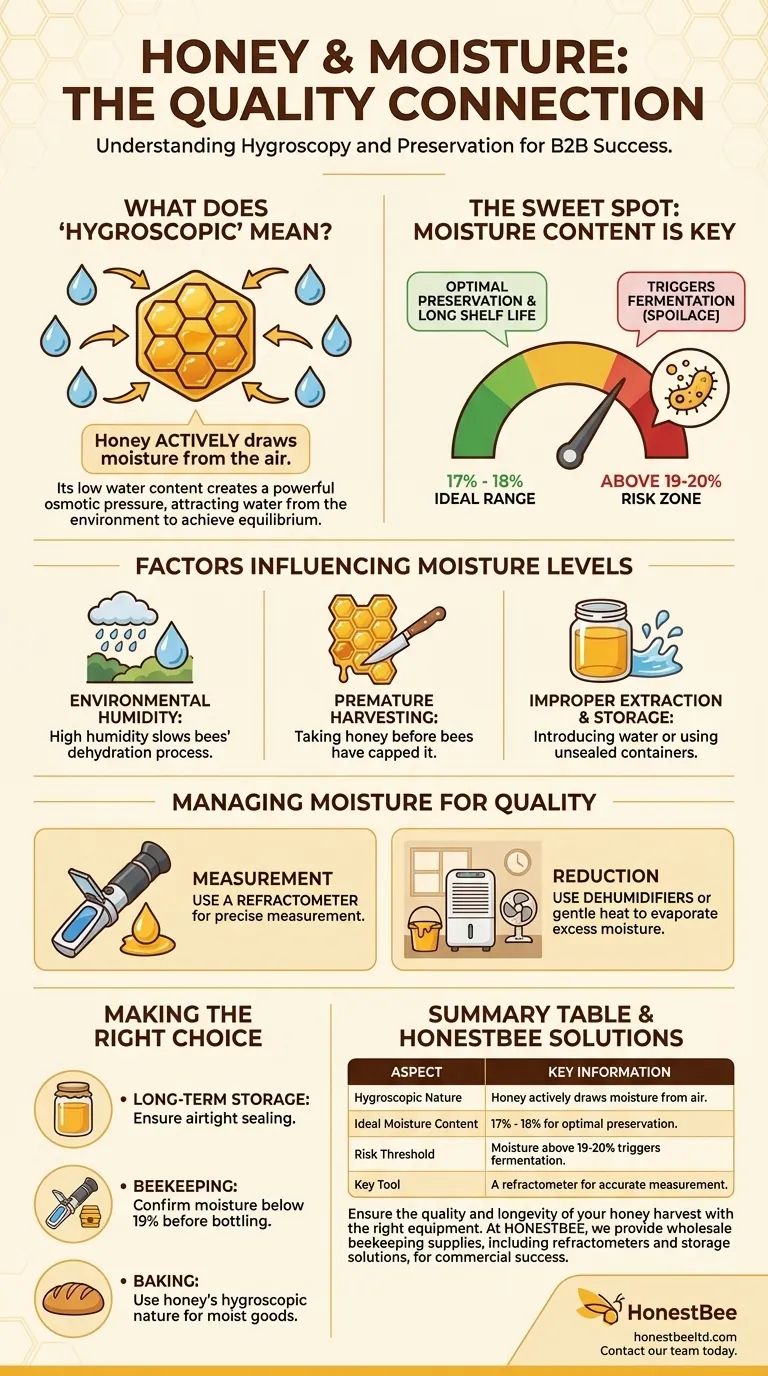
Related Products
- Precision Honey Refractometer Instrument for Quality Assessment
- Professional Thermostatic Conical Honey Melter
- Inverted Squeezable Honey Jar with No Drip Flip Top Cap for Easy Pouring
- HONESTBEE 3-Frame Manual Acrylic Honey Extractor
- Easy Use Manual Stainless Steel Honey Press for Honey Comb
People Also Ask
- What are the benefits of using a Pocket Digital Honey Refractometer? Achieve Precision & Speed in Honey Quality Control
- What are the key steps to using a honey refractometer? Ensure Honey Quality & Prevent Fermentation
- What are the key points for proper usage of a honey refractometer? Ensure Accurate Moisture Readings Every Time
- Why is a honey refractometer essential for honey harvesting? Protect Your Harvest from Spoilage
- What are the features of the Standard Refractometer for honey moisture content? Essential Tools for Quality Control





